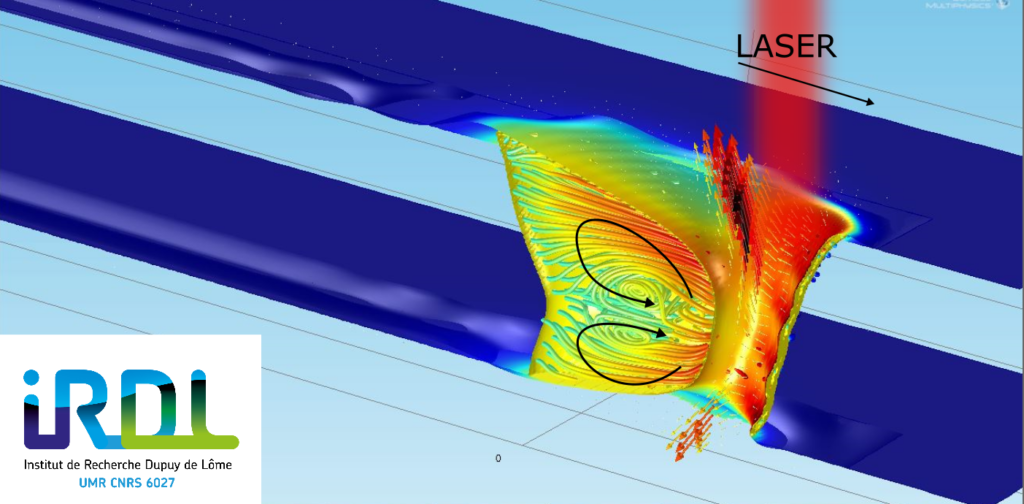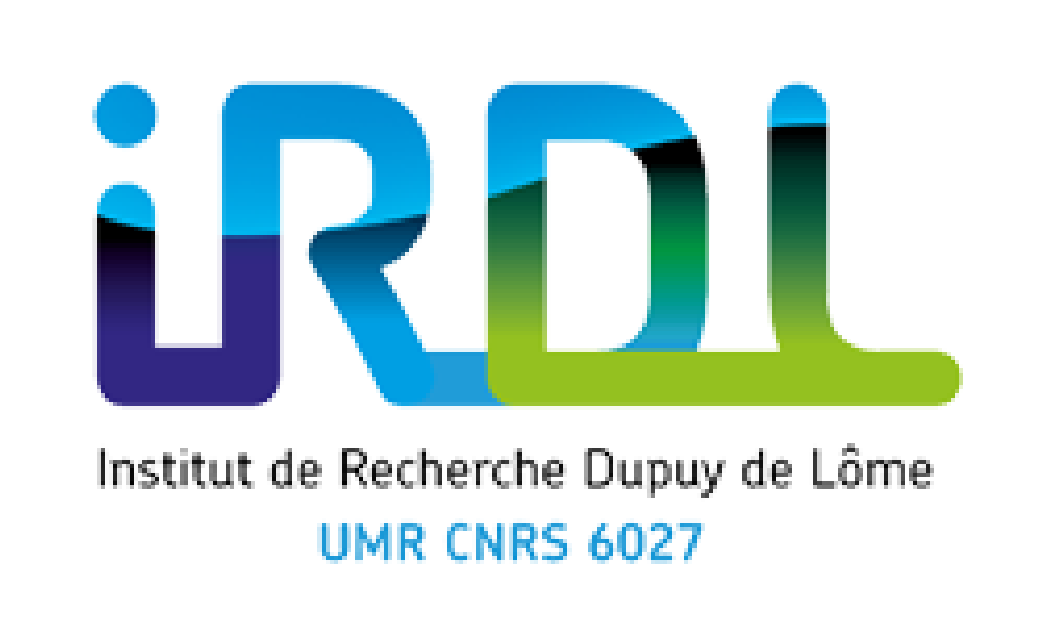Research areas
- Study and optimisation of the assembly processes
- Characterisation of the long term strength of assemblies
- Development of hybrid assembly techniques for hybrid/mixed structures

ARCAN test piece glued for tensile test
Know-how
Experimental methods
Development of original experimental systems:
- for the characterisation of assemblies
- thermophysical and mechanical properties at high temperature
- thermal and electrical contact resistance
- Fine instrumentation of test pieces (micro-thermocouple up to 12 µm, field strength measurements)
Characterisation of the initial and long-term behaviour:
- behaviour of the multi-material interfacial areas
- effects of the environment (temperature, relative humidity)
- rapid characterisation methods: accelerated ageing, mass/assembly relationship, self-heating

Digital methods
Digital simulation of assembly processes:
- digital simulation by finite elements of the assembly processes and heat treatment with dedicated software (COMSOL Multiphysics®, SYSWELD®, Forge2D®, Abaqus)
- thermo-metallurgical and thermo-mechanical behaviour in a welded assembly
- electro-thermal coupling with electrical and thermal contact resistance
- modelling of equivalent thermal sources,
- adhesive polymerisation modelling
- internal stresses in glue seals (initial state),
- magneto-thermo-hydrodynamic coupling
Digital simulation of mechanical behaviours:
- resistance and tenacity of an adhesive
- durability and ageing of glue seals
- cycling, fatigue
- Contribution of interfaces to mechanical behaviour
- Abaqus, Cast3M
Parameter and/or function estimation by inverse methods


